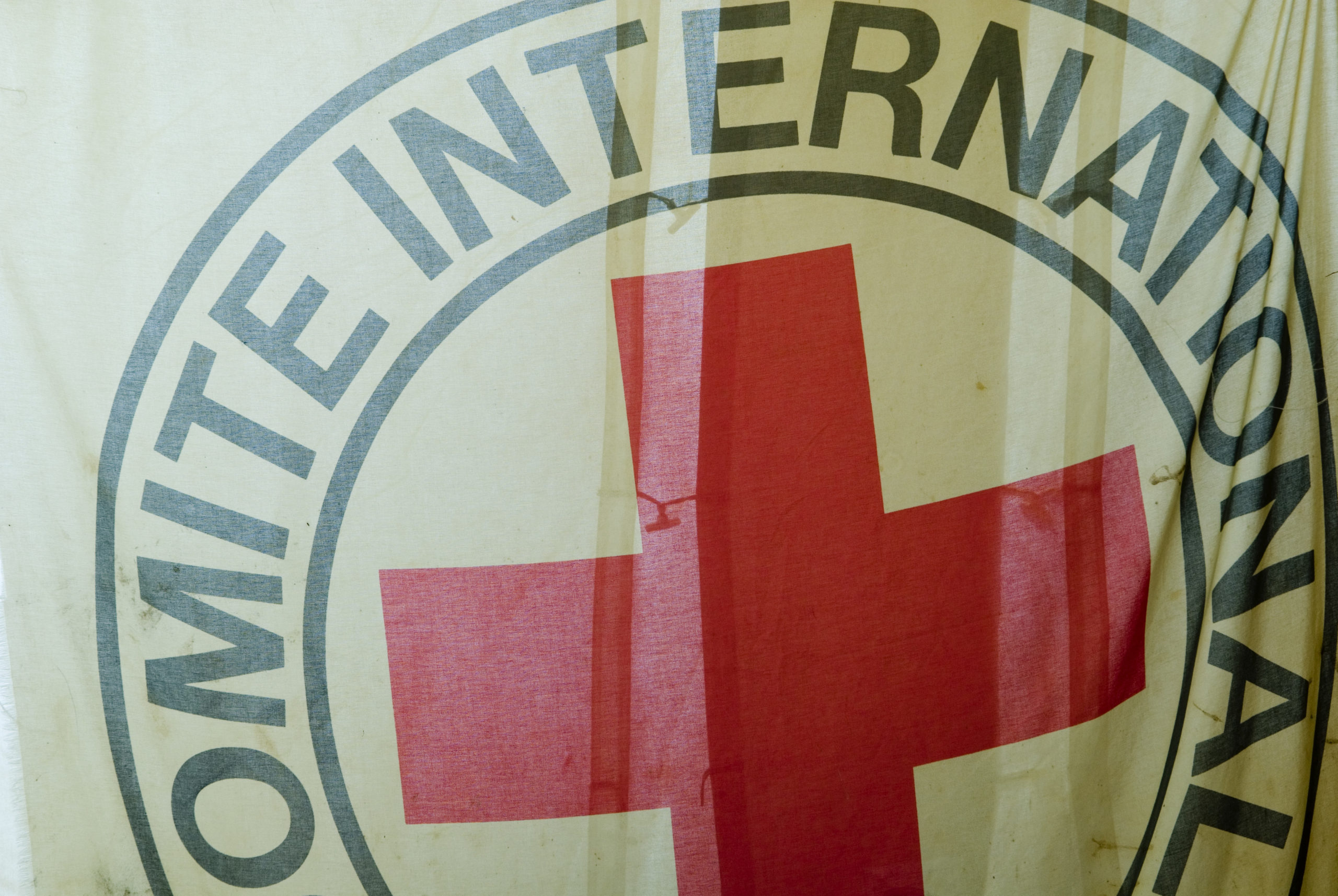
The International Committee of the Red Cross (ICRC), last week, presented an updated position on autonomous weapons systems. The position, announced in a speech to diplomats by ICRC President, Peter Maurer, determines that new rules of law are needed – both to clarify the application of existing rules and to address fundamental ethical concerns.
This position is a significant development in the international debate – not just for the clear determination that new rules are needed, but also for the structure of rules that the ICRC makes recommendations on:
- Prohibition of ‘unpredictable’ systems;
- Prohibition of systems to target human beings;
- Other regulations on the design and use of systems in order to ‘uphold the rules of international humanitarian law and safeguard humanity’.
This three-point approach points to an emerging consensus on the structure of response that is needed – a structure that sees both prohibitions and regulations as necessary to provide a comprehensive treatment. This structure can be seen in a recent ‘Opinion on the Integration of Autonomy into Lethal Weapons Systems‘ from the French MoD’s Defence Ethics Committee, which might propose different rules and terms but still identifies some systems as unacceptable and others as needing regulation. A similar structure is apparent in the issue framing from Article 36 and in the more recent detailed consideration of treaty elements by the Campaign to Stop Killer Robots.
Movement towards acceptance and adoption of this structure (in conjunction with its broad definitional terms) would have a transformative effect on the capacity of states and other stakeholders to have a productive debate. This issue has struggled for years with divergent starting orientations, unstable terms and people talking past each other. Coalescence around this structure provides an opportunity to move beyond that – and the possibility that, in doing so, actors find that they have more in common with each other than they realise.
Coincidentally, this development in the policy and legal discussion comes in the wake of the wider release of a report of 8 March 2021 to the UN Security Council from the Panel of Experts on Libya. That report (S/2021/229), in describing fighting in Libya in March of 2020, reported that:
Logistics convoys and retreating HAF were subsequently hunted down and remotely engaged by the unmanned combat aerial vehicles or the lethal autonomous weapons systems such as the STM Kargu-2 (see annex 30) and other loitering munitions. The lethal autonomous weapons systems were programmed to attack targets without requiring data connectivity between the operator and the munition: in effect, a true “fire, forget and find” capability.
Such reporting provides a clear indication that weapon technologies urgently needing regulation are coming into use with as yet no specific formal constraints established by the international community. After 7 years of discussions in the UN CCW, the forthcoming Review Conference marks a critical juncture: it needs to move directly to negotiations or states need to begin that process independently.
Featured image: The emblem of the International Committee of the Red Cross. Credit: ICRC / www.icrc.org
Read more